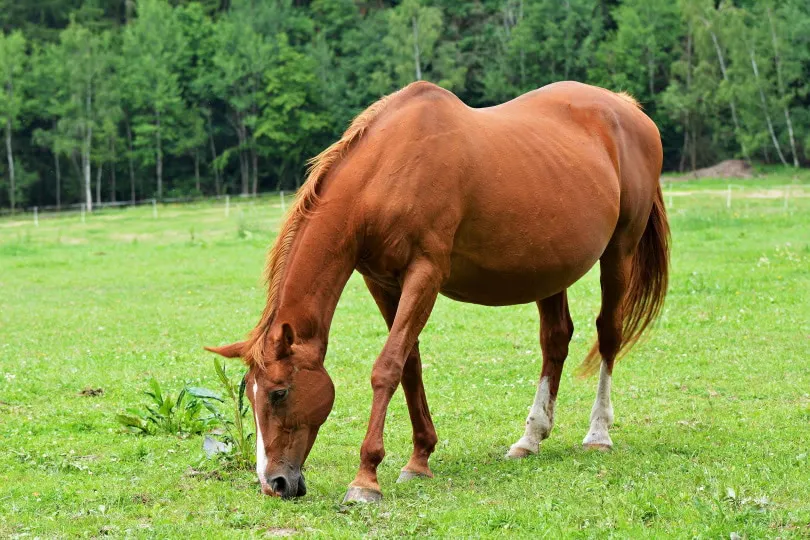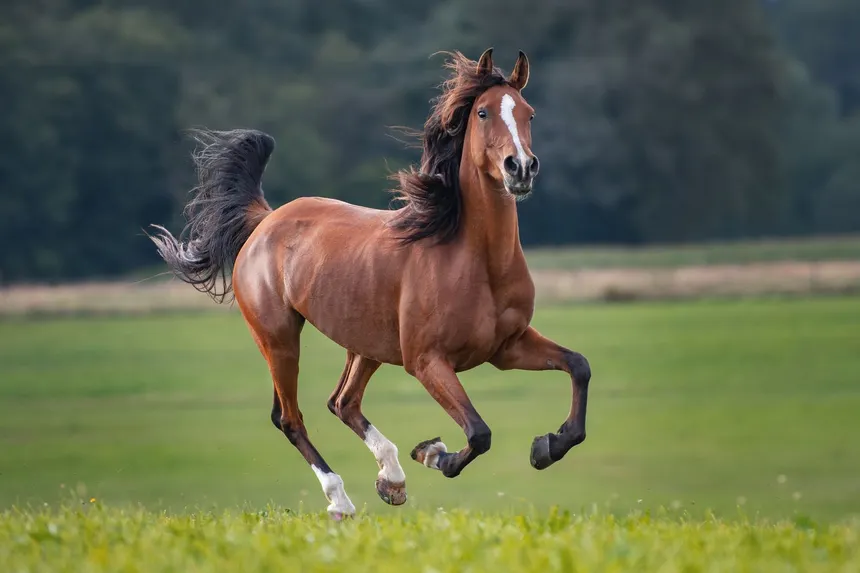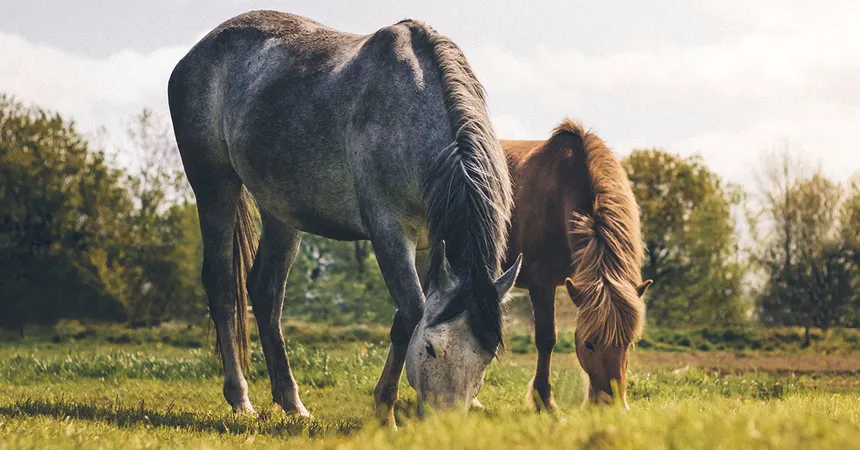15 Fascinating Facts About Horses

Horses have been one of humanity’s closest animal companions for thousands of years. From ancient battlefields and royal carriages to modern farms and equestrian sports, horses have played vital roles in cultures around the world. Beyond their strength and grace, these majestic creatures have an incredible biology and social complexity. Here are 15 interesting facts that reveal the remarkable nature of horses.
1. They’ve Been Domesticated for Over 5,000 Years
Horses were first domesticated around 3500 BCE on the steppes of Central Asia. Since then, they’ve transformed human civilization by enabling transportation, agriculture, communication, and warfare.
2. There Are Over 350 Different Breeds
From the small and strong Shetland pony to the tall and elegant Thoroughbred, there are hundreds of horse breeds worldwide. Each breed has been developed for specific purposes—racing, work, riding, or companionship.
3. Horses Have Near-360° Vision
Because their eyes are located on the sides of their head, horses can see nearly all around them—approximately 350 degrees. However, they have blind spots directly in front of and behind them, which is why surprising a horse from behind can be dangerous.
4. A Horse’s Memory Is Exceptionally Strong
Studies show that horses have incredible long-term memory. They can remember people, other horses, and experiences (good or bad) for years, which helps explain their capacity for building deep trust—or holding grudges.
5. They Communicate Through Body Language
Horses express their emotions and intentions through subtle movements—such as ear position, tail swishing, nostril flaring, and overall posture. They also whinny, nicker, and neigh to communicate with each other and with humans.
6. Horses Can Sleep Standing Up
Thanks to a special locking mechanism in their legs, horses can “doze” while standing. This helps them avoid predators in the wild. However, they need to lie down for deep REM sleep, which they only do when they feel safe.
7. Their Hooves Are Like Fingernails
A horse’s hooves are made of keratin—the same protein found in human fingernails. Hoof care is critical; improper trimming or damage can lead to severe pain or even lameness.
8. They Can Run Shortly After Birth
A foal (baby horse) can usually stand and walk within an hour of birth. This rapid mobility is a survival adaptation, allowing them to escape predators in the wild quickly.

9. Horses Have Complex Social Structures
In the wild, horses live in herds led by a dominant mare. These herds have intricate social dynamics, with friendships, alliances, and hierarchies. Even in domestic settings, horses form strong bonds with each other and their human caregivers.
10. A Horse’s Heart Is Enormous
The average horse’s heart weighs around 10 pounds (4.5 kg), though elite racehorses may have even larger hearts. The most famous racehorse, Secretariat, had an estimated 22-pound (10 kg) heart, contributing to his legendary speed.
11. They Can Detect Human Emotions
Horses are highly sensitive to human body language and tone of voice. They can often sense fear, anxiety, or calmness, and respond accordingly—making them valuable in therapeutic settings like equine-assisted therapy.
12. They Have a Unique Gait Called the Gallop
Horses have four basic gaits: walk, trot, canter, and gallop. The gallop is their fastest gait, where all four hooves leave the ground momentarily. Some breeds also perform additional gaits like the pace or rack.
13. Teeth Reveal a Horse’s Age
A horse’s teeth grow and change throughout its life. Veterinarians and equine experts can estimate a horse’s age by examining the wear patterns, length, and shape of its teeth.
14. Horses Can Drink Up to 10 Gallons of Water Daily
On average, an adult horse drinks between 5 to 10 gallons (19 to 38 liters) of water a day—more if it’s hot or they’re exercising. Proper hydration is essential for their health and digestion.
15. They Don’t Have a Gallbladder
Unlike humans, horses lack a gallbladder. Instead, their liver constantly produces bile to aid in digestion. Because of this, horses are designed to graze almost continuously rather than eat large meals at once.

Conclusion:
Horses are more than just beautiful animals—they’re intelligent, emotional, and deeply connected to human history. From their biological adaptations to their social behaviors, horses continue to amaze and inspire people across the globe. Whether in the wild, on a ranch, or in a stable, these noble creatures deserve our admiration, care, and respect.



